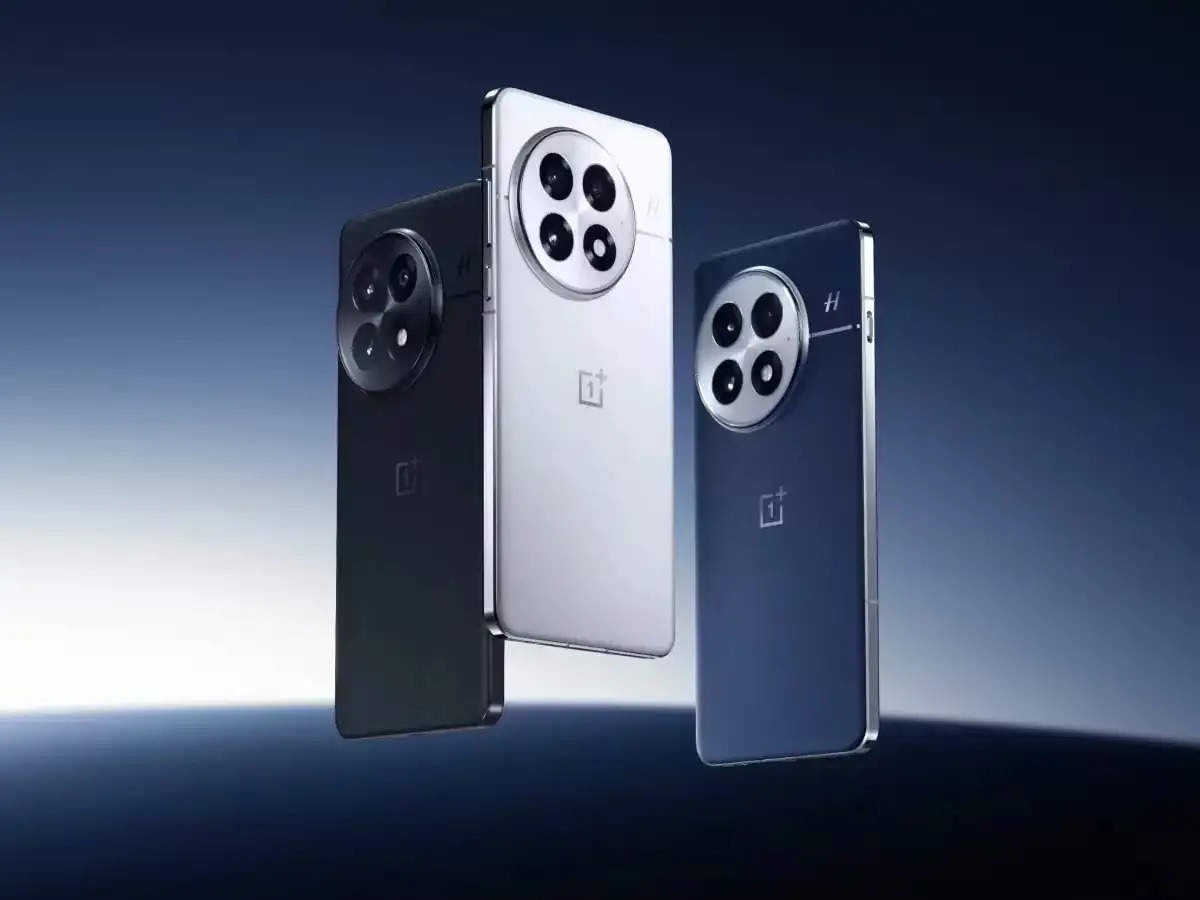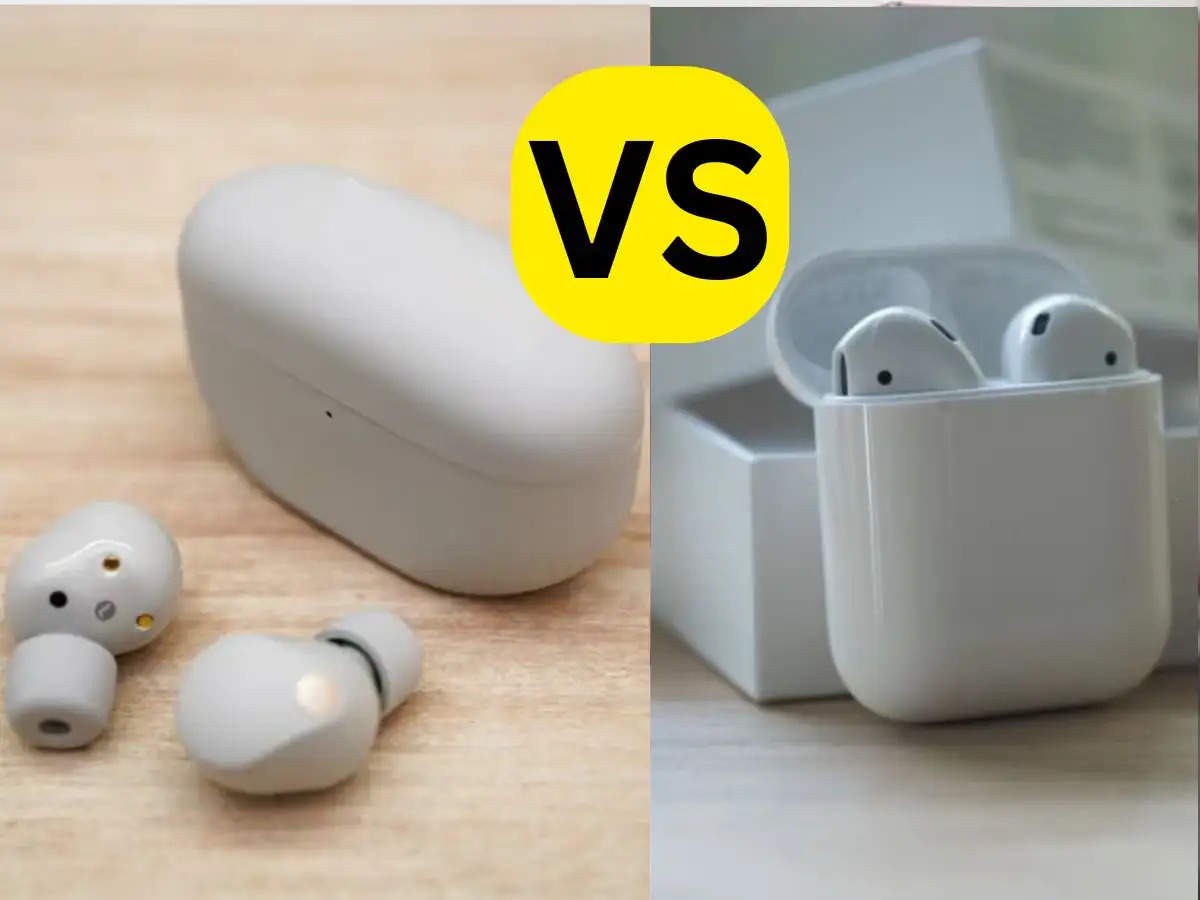Transferring data between smartphones can be daunting, especially for tech enthusiasts who crave efficiency and precision. Whether you’re upgrading to the latest model or switching brands, ensuring a seamless data transfer is crucial.
This guide delves into advanced techniques and tools that simplify this process, making it accessible even for the most discerning users.
Data transfer protocols are the backbone of moving information between devices. Familiarity with these can enhance your transfer experience. Bluetooth, Wi-Fi Direct, and NFC are common protocols used in smartphones. Each offers unique advantages: Bluetooth is universal but slower, while Wi-Fi Direct provides faster speeds without internet dependency. NFC is ideal for small data transfers due to its proximity-based nature.
Utilising Cloud Services
Cloud services offer a reliable method for transferring data across devices. Platforms like Google Drive, iCloud, and OneDrive allow users to back up and restore data effortlessly. For instance, Google Drive integrates seamlessly with Android devices, enabling automatic backups of photos, contacts, and settings. This ensures your data is safe and easily retrievable on any device.
Exploring Dedicated Transfer Apps
Several apps specialise in smartphone data transfers, providing tailored solutions for different needs. Apps like SHAREit and Xender use Wi-Fi Direct technology to transfer files at high speeds without cables or internet. Samsung Smart Switch caters specifically to Samsung users, offering a comprehensive solution for migrating apps, contacts, and media files.
Leveraging USB Connections
For those who prefer wired connections, USB cables remain a dependable option. Using a USB cable with OTG (On-The-Go) capability allows direct file transfers between devices. This method is particularly useful when dealing with large files or when wireless options are unavailable. Ensure both devices support OTG functionality for optimal results.
Advanced Techniques: ADB Commands
For tech-savvy users comfortable with command lines, Android Debug Bridge (ADB) offers powerful data transfer capabilities. ADB commands enable precise control over file transfers between Android devices via a computer interface. This method requires enabling developer options on your device and installing ADB drivers on your computer.
The choice of method depends on your specific needs and technical comfort level. By understanding these options, you can ensure a smooth transition between smartphones without losing valuable data.





